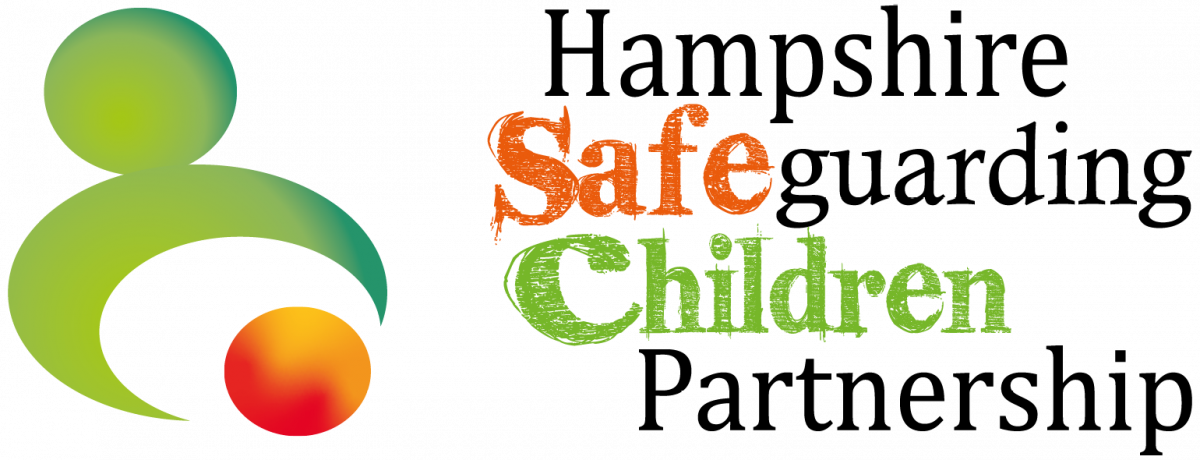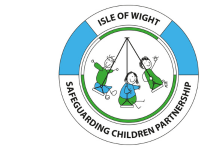Definition
As professionals, we understand that children can abuse other children. This is generally referred to as child-on-child abuse and can take many forms. It can happen both inside and outside of school/college, in the community and online. Previously referred to as peer-on-peer abuse, the term ‘child-on-child abuse’ is used in order to recognise that child-on-child abuse can occur with any age child, not just peers of a similar age. In all cases of child-on-child abuse, a power imbalance will exist within the abusive relationship. However, this imbalance will not necessarily be the result of an age gap between the child responsible for the abuse and the child being abused. It may, for example, be the result of their relative social or economic status.
It is important for professionals to remember that child-on-child abuse is harmful to both the child who has been harmed and the child who has displayed harmful behaviour. Children or young people who harm others may have additional or complex needs (e.g. significant disruption in their lives, exposure to domestic abuse, witnessing or suffering abuse, educational under-achievement, or being involved in crime (The Safeguarding Network).
Keeping Children Safe in Education outlines that child-on-child abuse is most likely to include but may not be limited to:
Bullying is intentional behaviour that hurts someone else. It can include:
- Verbal behaviour such as name calling, spreading rumours or undermining someone.
- Physical behaviour such as hitting, pushing, or threatening someone.
- Non-verbal behaviour such as deliberately isolating a child or leaving someone out.
- Prejudice-based and discriminatory behaviour.
It is important to remember that bullying can happen anywhere – at school, at home or online (cyber bullying). It is usually repeated over a long period of time and can hurt a child psychologically physically and emotionally.
This can also include an online element. Further information about abuse in intimate personal relationships between children is included within the Domestic Abuse Toolkit for professionals.
Examples of physical abuse include; hitting, kicking, shaking, biting, hair pulling, or otherwise causing physical harm. This may include an online element which facilitates, threatens and/or encourages physical abuse. When thinking about child-on-child violence, it is important to consider a very broad definition e.g., something that is causing harm or distress to the child. Child-on-child violence can range from pushing and shoving, to physical fighting, to threats with a weapon, coercing children into a gang and gang-related violence.
Harmful sexual behaviour is developmentally inappropriate sexual behaviour which is displayed by children and young people and is harmful or abusive. Harmful sexual behaviour can occur online and/or face to face, and can also occur simultaneously between the two. Examples of harmful sexual behaviour include;
- Sexual violence such as rape, assault by penetration and sexual assault. This may include an online element which facilitates, threatens and/or encourages sexual abuse. Sexual violence also includes causing someone to engage in sexual activity without consent – such as forcing someone to strip, touch themselves sexually, or to engage in sexual activity with a third party.
- Sexual harassment is ‘unwanted conduct of a sexual nature’ that can occur online and offline and both inside and outside of school/college. It can include (but is not limited to):
- Sexual comments, remarks or jokes
- Suggestive looks, staring or leering
- Sexual gestures
- Physical behaviour, such as: deliberately brushing against someone, interfering with someone’s clothes (professionals should be considering when any of this crosses a line into sexual violence – it is important to talk to and consider the experience of the victim)
- Displaying pictures, photos or drawings of a sexual nature,
- Upskirting, which typically involves taking a picture under a person’s clothing without their permission, with the intention of viewing their genitals or buttocks to obtain sexual gratification, or cause the victim humiliation, distress, or alarm. Professionals should also be aware of ‘downblousing’, which is where downward facing photos of a woman’s top and chest are taken or shared without consent. Further information is available via the Crown Prosecution Service.
Online child-on-child abuse is any form of child-on-child abuse where an element might be facilitated by digital technology. This may be standalone or part of a broader pattern of abuse and can include.
- Consensual and non-consensual sharing of nude and semi-nude images and/or videos (also known as sexting or youth produced sexual imagery).
- Sharing of unwanted explicit content (which might be youth-produced, commercial pornography or pseudo sexual images).
- Unwanted sexual comments and messages, including on social media.
- Sexual exploitation, coercion and threats.
- Coercing others into sharing images of themselves or performing acts they are not comfortable with online.
- Online bullying (which may have a sexualised nature).
- Threatening and hate speech delivered via online means.
This could include activities involving harassment, abuse or humiliation used as a way of initiating a person into a group and may also include an online element.
A hate incident is any incident which the person it is directed towards, or anyone else, thinks is based on someone’s prejudice towards them because of their race, religion, sexual orientation, disability or because they are transgender. A hate incident can take online or in person.
Racism occurs when a person is treated less favourably because of their skin colour, nationality, ethnicity or cultural group. Racist behaviour can include verbal abuse, physical attacks, exclusion from activities or opportunities and microaggressions, which can be conscious and unconscious. A microaggression is a statement, action, or incident regarded as an instance of indirect, subtle, or unintentional discrimination against members of a marginalized group such as a racial or ethnic minority. Racism can occur in person or online.
Child sexual exploitation (CSE) is a type of sexual abuse. It happens when a child or young person is coerced, manipulated or deceived into sexual activity in exchange for things that they may need or want like gifts, drugs, money, status and affection. This can occur within the context of an abusive intimate relationship, gang activity, and/or county lines. It can also occur within the context of modern slavery and human trafficking.
More information on child exploitation can be found on the Child Exploitation Toolkit.
Child criminal exploitation is the grooming and exploitation of children into criminal activity. Barnardo’s and The Children’s Society define child criminal exploitation as when another person or persons manipulate, deceive, coerce or control the person to undertake activity which constitutes a criminal offence where the person is under the age of 18. The exploitation can take a variety of forms, including children being forced to work in cannabis factories, coerced into moving drugs or money across the country, forced to commit financial fraud, forced to shoplift or pickpocket or forced to take part in county lines.
More information on child exploitation can be found on the Child Exploitation Toolkit.

